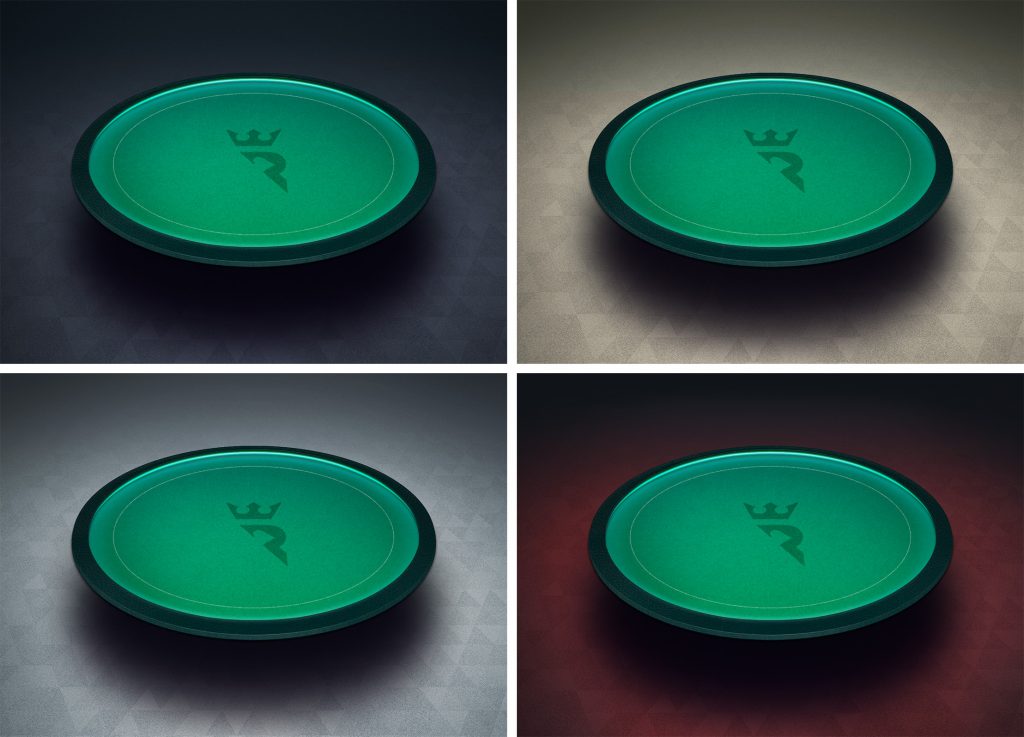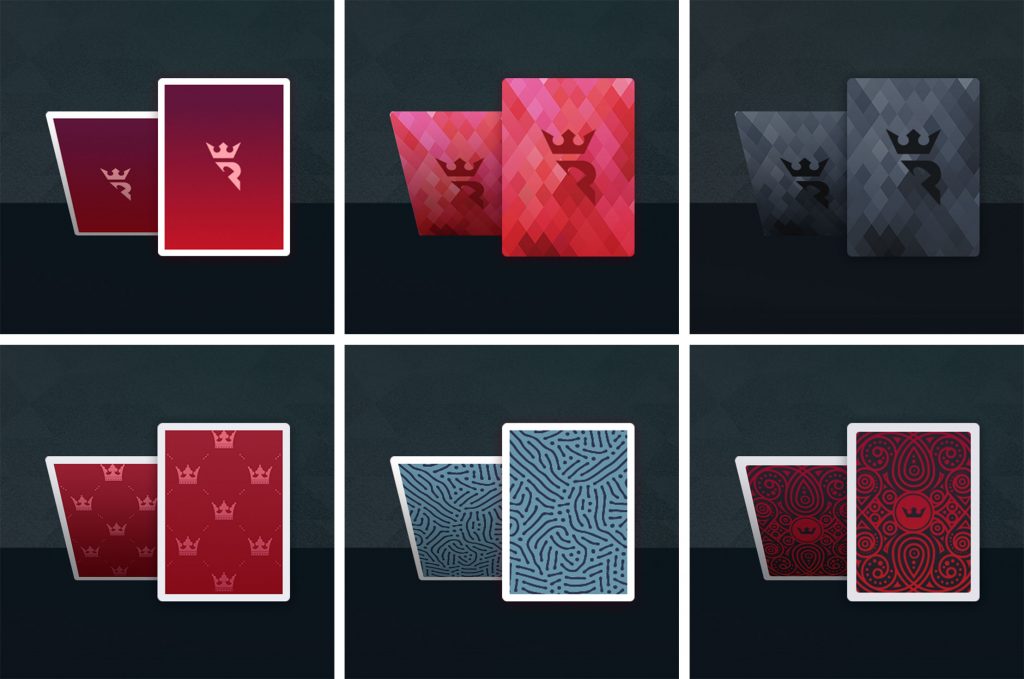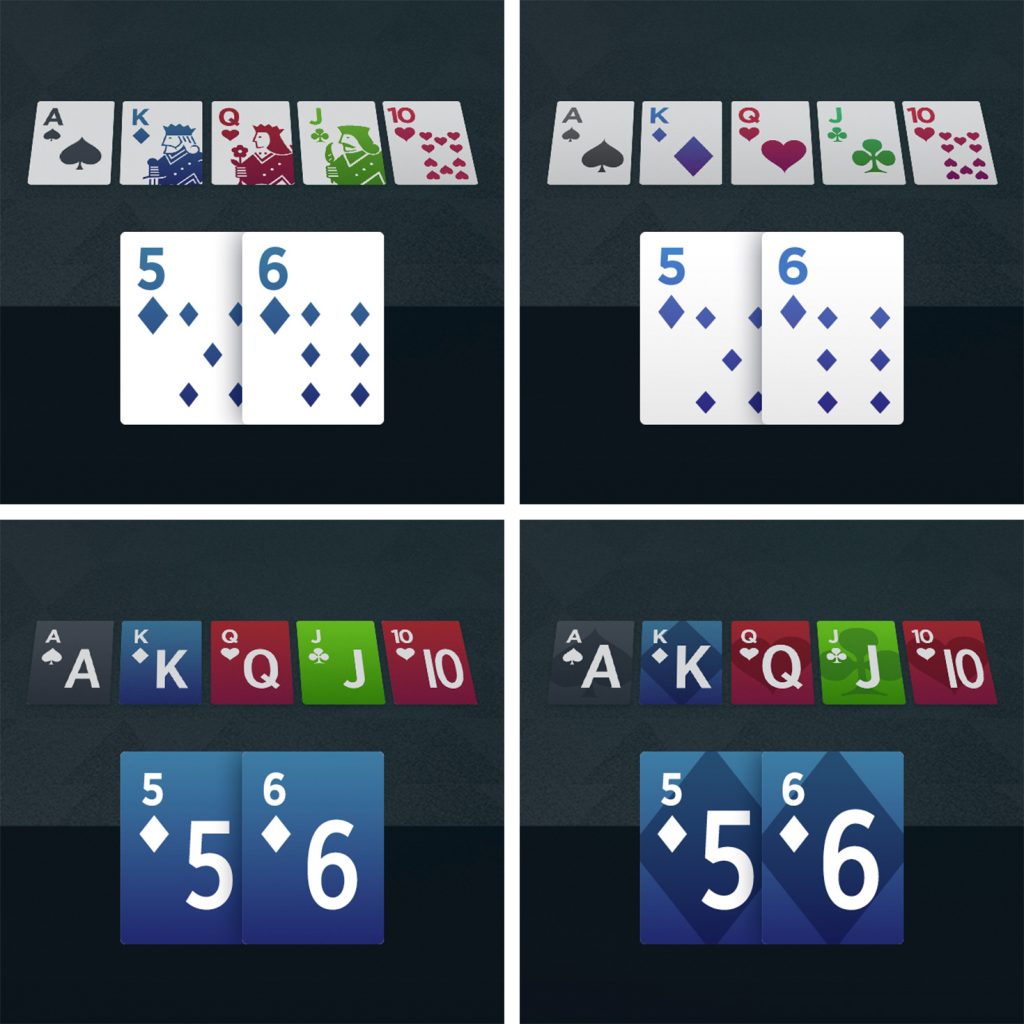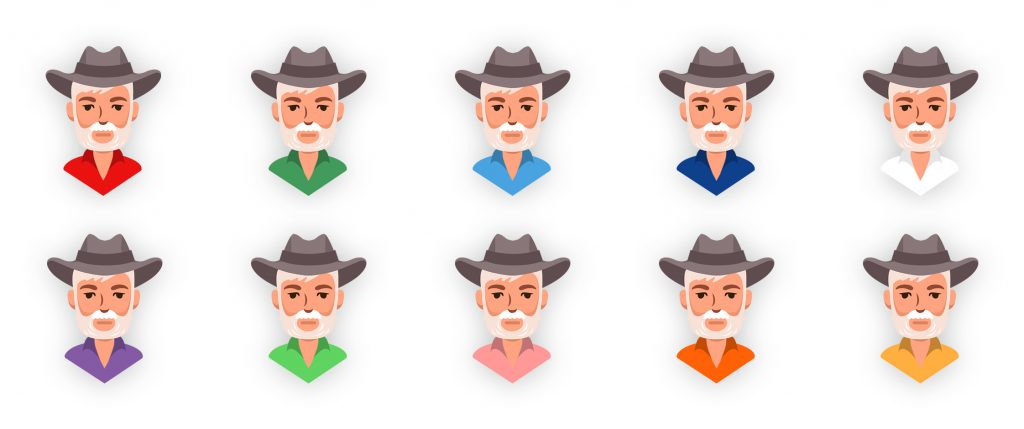Before getting into our topics for today, I want to apologize for the length of time between this post and my last. I’d planned a much higher post frequency than I’ve kept up with, mostly because the process of writing these posts followed by engaging with the community after each one proved much more time-consuming than expected.
However, the gap before this post was due to me taking on more than I could handle during the World Series of Poker. I tried to keep up with all of my Run It Once Training and Run It Once Poker responsibilities on top of adding some new ones (content creation on our new YouTube channel) and playing a full poker schedule. I’m not sure what I was thinking!
The WSOP has ended and I’m back to full-time on Run It Once for the foreseeable future, so I won’t keep you waiting this long again. Thank you for your patience! Now – on to the good stuff.
Engaging with the community and improving based on your feedback always has been at the core of our plans with Run It Once Poker. In fact, the reason for this series of posts is to be transparent with the community and to encourage two-way communication. Today, we will take that a step further and not only ask for your input directly, but also let the community make a major policy decision for us.
Going forward, we’re excited to ask for more help in shaping our platform, both pre and (especially) post-launch!
For the items I’ll put in front of you in this post, we have narrowed things down to a couple of options, and will be opening them up to a vote. For most, we’ll use the results as feedback and make the best decision we can, but for the most important decision, we’re going to go with exactly what you tell us to.
Table Cap
Coincidentally, during the delay in posting this, there actually was a significant announcement made elsewhere on exactly the same topic. Pokerstars announced that they will be trialing a six-table cap on their cash games in Italy.
As I’ll explain below, I agree with their decision to explore that direction (although my reasoning is different).
I’ve seen table caps discussed in many places. These days, public sentiment seems to have shifted in favor of a low table cap. People argue that mass multitablers are “bad for the games.”
Personally, I believe that in large part, the “right” table cap will change over time, based on the player pool, skill gaps, and a number of other factors.
Table Cap and Game Quality
The primary purpose of a table cap is to improve average game quality. More often than not, those who play 8-24 tables are professionals, and those who play one table are more likely non-pros, which means that the ratio of pros to recreational players at each table is much greater than the ratio of pro to recreational active accounts.
The fewer tables each pro can play, the fewer seats per table will be occupied by pros, and this will positively affect win and loss rates for everyone.
There are two other large impacts that a lower table cap has:
Table Cap and Bots
A lower table cap means that bots, like players, can’t play as many tables on a given account, making attempting to run bots on a site with a low table cap a less fruitful endeavor.
You’ll notice I said, “on a given account,” because, of course, someone who’s ethics allow them to run bots likely won’t be opposed to multi-accounting with their bot.
The thing is, running more bot accounts makes it more likely you’ll be caught. You need to differentiate identities, accounts to cash out to, IP addresses, and play habits and style such that a poker site can’t identify a pattern and connect your accounts to each other.
As such, a table cap is what we’d call a bot deterrent. It doesn’t stop botting – it makes it harder, riskier, and, therefore, less profitable.
As I’ve mentioned before, many of our decisions were made with deterring bots in mind. Each individually may not have a large impact, but they add up.
Table Cap and Rake
The lower the table cap, the less rake is collected by a poker site; more tables per player equals more tables running, more hands played, and more rake generated. This is one of the main reasons that many sites haven’t implemented low table caps.
It’s been easy for sites because the community has historically demanded high table caps, and high table caps have always been in the best interest of the sites. This is one area where the sites and the players used to always want the same thing.
Now that game quality has become more of a concern compared to, say, five years ago, the community has started to argue more for low caps.
As a new site, Run It Once would benefit from the added liquidity and revenue generated by mass multitabling pros, but it’s not what we believe is best for our games and our players.
Soon after the conception of Run It Once Poker, I played around with some (very) basic models of static player pools and looked at the effect of capping tables.
My findings were, in short, that table caps led to the very top multitabling pros making less money and the site earning quite a bit less money. These lost earnings were distributed among recreational players and the rest of the pros, and most importantly, it led to breakeven and slightly losing players becoming profitable.
Playing around with the assumptions will yield slightly different results in terms of who is gaining and who isn’t, but there are two things that should always hold true under reasonable assumptions. When you introduce a table cap to an existing online poker ecosystem:
- Less rake is collected
- The same player is able to achieve a higher win-rate or lower loss-rate post-table-cap than they were pre-table-cap (though some may make a lower hourly due to playing fewer tables). In other words, the game quality improves.
For net-depositors, this means more winning sessions, more fun, and, as I argued in my last post, more satisfied re-deposits.
Although a low table cap will result in less rake collected in the short-term, I firmly believe that the long-term result will be positive for both the players and Run It Once.
So, What is the Cap?
Internally, we have debated the optimal table cap for quite some time. Pre-launch, we don’t have the data necessary to make the decision more clear, and while we think it’s very important that we start with the right number – we just haven’t been able to agree on it.
To this day, we are still split between four and six, so we’re going to let you make the decision for us.
Since we’re actually going to go with what you decide, please take some time and consider both sides seriously before voting. Discuss it with the poker community – discuss it with me!
To start you off, I’m going to share some of the main benefits of each option, as I see them:
Four Tables
- Increases the average game quality
- Slightly more of a bot deterrent
Six Tables
- Increases liquidity at launch – more tables will run.
- Increases short-term revenue for Run It Once, which means a higher chance of success and a larger marketing/acquisition/development budget.
- (Obvious but still worth mentioning…) Players who want to six-table are happy.
Clearly, six tables works out better for Run It Once (at least in the short-term). Despite that, I have always been in the four table camp, and our app currently has a four table cap (because I’m the boss!).
I’ve pushed for four tables because the poker community has supported and rallied behind us, and I know that when we launch, so many of you will give us a try… but, as a pro myself, I understand that the games have to be good in order for you to stay. Game quality is something that we’ll consistently work on, but I want Run It Once Poker to make the right first impression for all of you who are ready to support us.
Some on my team have made (valid) similar arguments in the other direction. If we launch and struggle for liquidity, both pros and recreational players may not be able to play the games they want to play at the times they want to play them.
We only get one chance to make a first impression, so even though we can analyze our data and change our table cap months or years down the line, we’d really like to get this right.
This is why we’re coming to you. What pros and cons matter most to you? How many tables do you like to play? Do you see any angles I may not have considered?
I really look forward to hearing what you guys have to say, both in the forums and through your votes. I’ll get to how you can vote after discussing the rest of the areas our poll will cover…
Designs
We’d also like feedback on some of our design options. Now, most of these are things that you’ll be able to pick between in the Settings menu, but finalizing that menu is low on our priority list in terms of launch-necessary improvements, so it is possible that we’ll launch before some of these custom options are available and we’ll need to pick our only design.
These don’t need much discussion, so I’ll just get to it! Below are the other areas you’ll be voting on, and the design options currently available:
Table Background Color

Card Backs

Card Fronts

Note that all of the ‘traditional’ decks will have 2 and 4 color options, while the solid color decks are only 4 color.
Player Marking Colors

How to Vote
Our initial plan, for the sake of confirming the authenticity of our votes, was to only allow previously existing Run It Once accounts to participate. We’ve decided instead to open it up to everyone and to investigate anything suspicious coming from the new accounts.
You’ll need to create a (free) Run It Once account if you don’t have one. Then, to start the poll, just click here!
It will only take a couple minutes to complete, but please take some time to consider our Table Cap. It’s a big decision!
I’m excited to share more about our plans and to continue using your feedback to shape Run It Once Poker. Thanks in advance!


